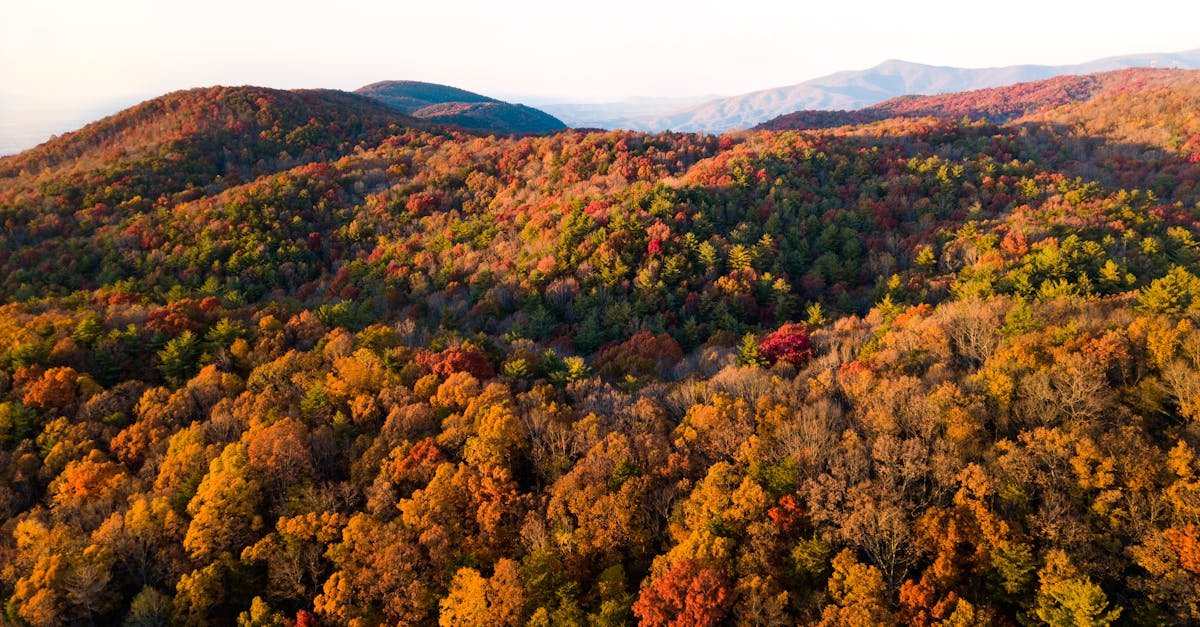Is the Appalachian Trail soul forge hike really the ultimate test of grit? For thousands each year, this 2,190-mile beast stretching from Georgia to Maine isn’t just a physical challenge—it’s a mental and emotional crucible. Hikers don’t just walk; they transform, shedding old burdens and forging resilience with every blister. In 2025, as more Americans seek raw, unfiltered experiences, the AT’s brutal allure only grows. This isn’t a leisurely stroll. It’s a proving ground. Here’s why this trek is redefining personal strength for a new generation.
What Makes the AT a Soul Forge?

The Appalachian Trail isn’t called a soul forge for nothing. It’s a gauntlet of steep climbs, unpredictable weather, and isolation that forces hikers to confront their limits. Completing it—or even attempting it—demands raw determination. According to the Appalachian Trail Conservancy, only about 25% of thru-hikers finish the entire trail each year. That grind strips away pretense, leaving room for profound self-discovery.
Physical Toll Meets Mental Battle

The AT dishes out punishment. Think 14 states, over 460,000 feet of elevation change, and six months of relentless strain for thru-hikers. Knees buckle, feet blister, and exhaustion sets in. But the real fight is in the mind. Hikers often report battling loneliness and doubt, only to emerge with unshakable confidence. It’s not just a hike; it’s a mental reset.
Why 2025 Is Seeing a Surge

This year, the AT is drawing record crowds. Post-pandemic, Americans are craving authentic challenges, and social media is amplifying the trail’s mystique with viral transformation stories. The Appalachian Trail Conservancy notes a 10% uptick in permit applications for 2025 compared to last year. Urban burnout is pushing more people to test themselves against nature’s toughest obstacle course.
Stories of Transformation

Take Jake Miller, a 29-year-old from Ohio who tackled the trail last year. “I started broken after a divorce,” he told reporters. “By the end, I felt rebuilt—stronger than ever.” His story isn’t unique. Countless hikers describe the AT as a place to heal, grieve, or rediscover purpose. The trail doesn’t just change bodies; it rewires souls.
Environmental and Social Impact


